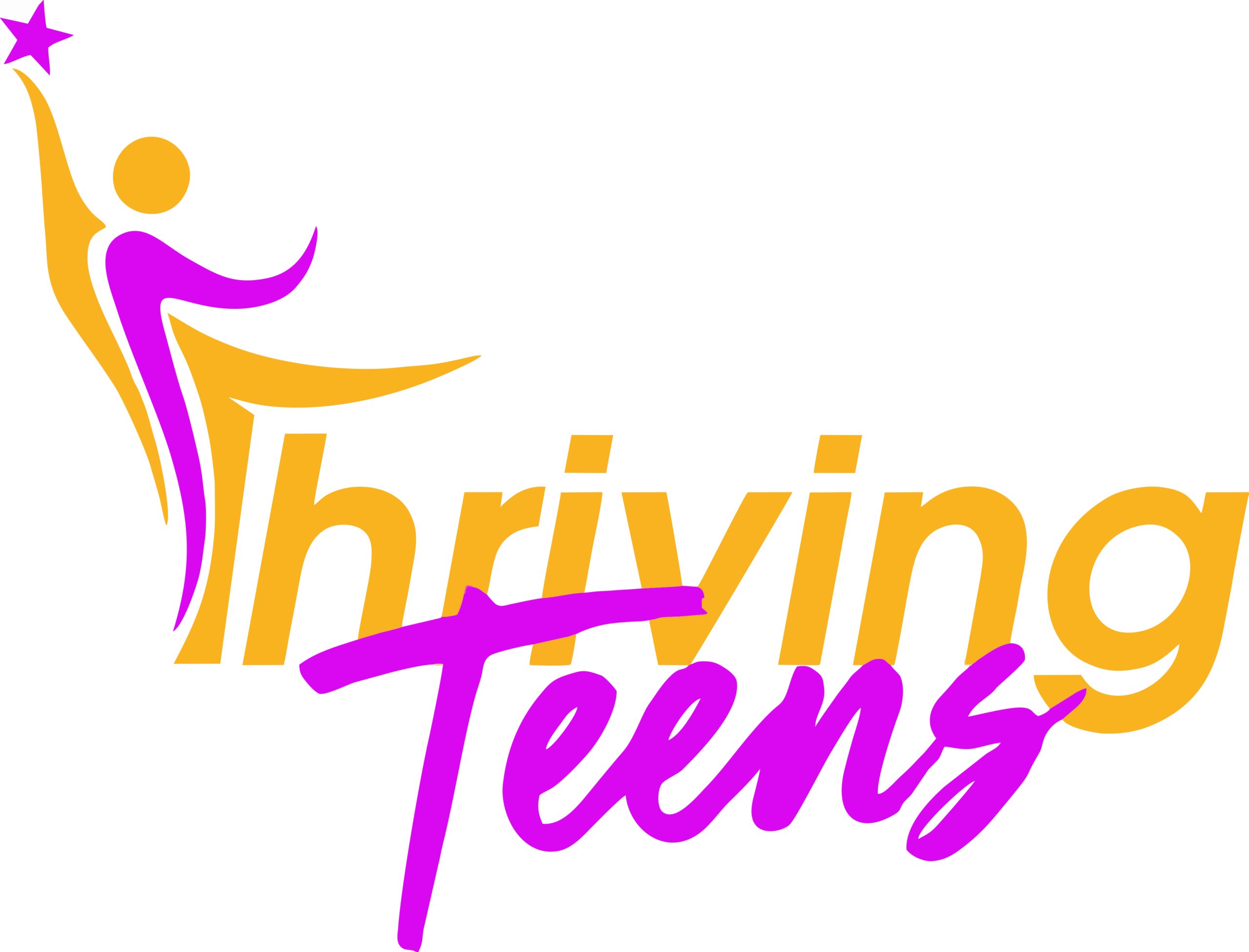Symptoms and signs
The commonest symptoms of RHD are chest pain, fatigue, shortness of breath, heart palpitations, flaring nostrils and swelling ankles, feet, legs and abdomen, fever, lethargy, muscle aches, circular rash, nausea and vomiting, coughing, lumps under the skin, abnormal, sudden movements of the arms and legs (chorea) and damage to the heart valves.
The signs and symptoms of heart inflammation (endocarditis, myocarditis or pericarditis) caused by a bacterial of viral infection, cancer or an autoimmune disease like rheumatoid arthritis include fainting, shortness of breath or rapid breathing, arrhythmia (irregular heartbeat), a new heart murmur or changes to an existing one, night sweats, chest pain, fever and chills, general body weakness or feeling sick, heart palpitations (the heart feels like it is beating faster through your chest) and pain and shortness of breath when lying down.
Cardiomyopathy, which can be dilated, restrictive, hypertrophic or arrhythmogenic (see diagram), may present as fatigue, fainting, dizziness, chest pain, shortness of breath, swollen legs, ankles and feet, abdominal bloating and a fluttering heartbeat.
The first symptoms of Kawasaki syndrome include fever, spotty rash on the back, chest, abdomen or groin, red eyes or sensitivity to light, swollen hands, feet or tongue, cracked lips, swollen lymph nodes in the neck and joint pain or swelling.
Juvenile hypertension (discussed in a separate blog) damages the arteries and veins and leads to long-term consequences such as a stroke and heart and kidney failure. The symptoms of high blood pressure are headache, dizziness, fatigue, palpitations, breathlessness, chest pain and blurred vision.
Acquired heart diseases- Signs and Symptoms
528
previous post

